|
Lee
and Karen Duquette, The Two RV Gypsies: Full-Time RVers explored Falls Park in Sioux Falls, South Dakota June 19, 2012 |
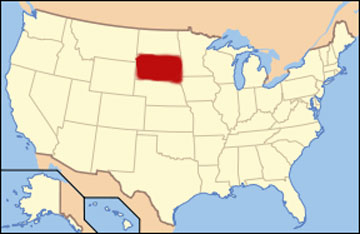 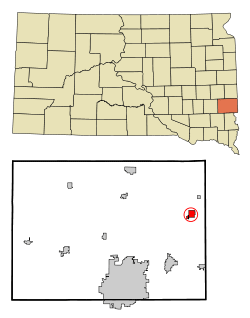 |
|
Lee
and Karen Duquette, The Two RV Gypsies: Full-Time RVers explored Falls Park in Sioux Falls, South Dakota June 19, 2012 |
  |
| The natural beauty on the Big Sioux River gave the city of Sioux Falls its name and like a lot of places in South Dakota,it has a long history.
Sioux Falls is the largest city in the U.S. state of South Dakota with a total area of 73.47 square miles. |
|
 Notice the shadow on the ground by this sculpture - it looks like a FACE. Notice the shadow on the ground by this sculpture - it looks like a FACE. |
|
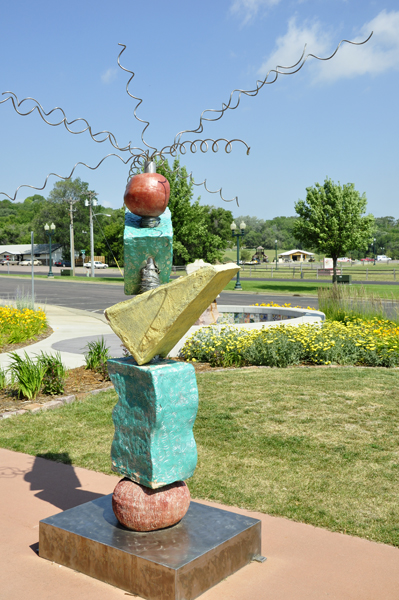 |
|
 Below: Lee Duquette decided to make the tug-of-war a fair game by helping out the lone figure who was obviously losing. Below: Lee Duquette decided to make the tug-of-war a fair game by helping out the lone figure who was obviously losing. |
|
 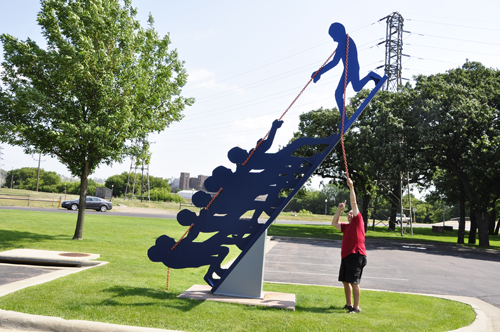 |
|
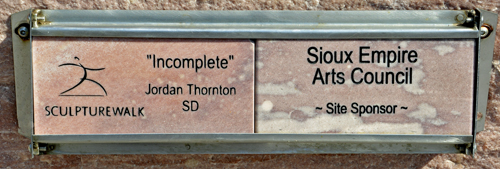 Guess why the statue below is entitled "Incomplete" LOL Guess why the statue below is entitled "Incomplete" LOL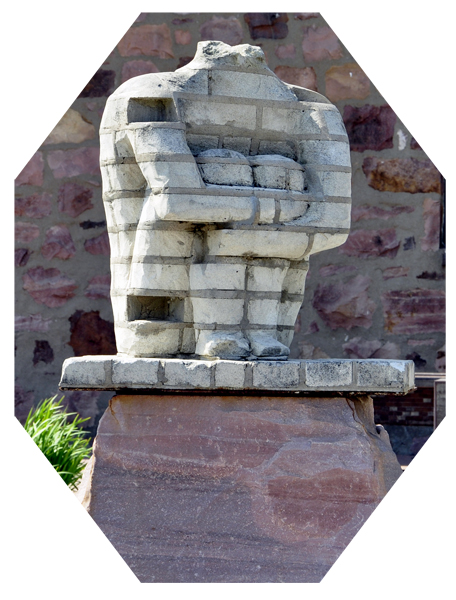 |
Big Sister showed Little Brother how to show respect for the USA flag. |
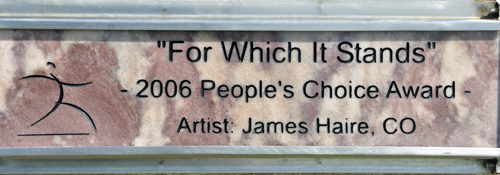 |
|
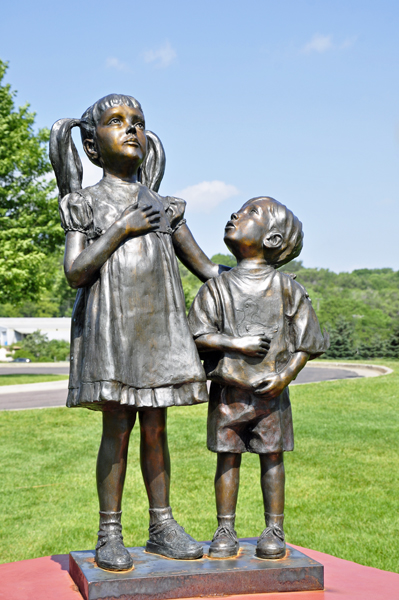 |
|
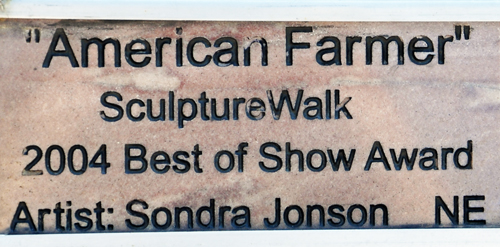 |
|
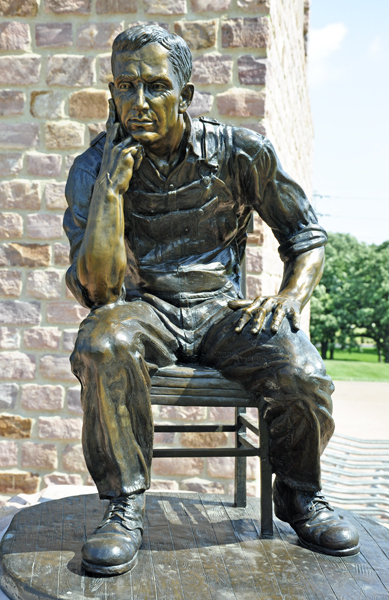 |
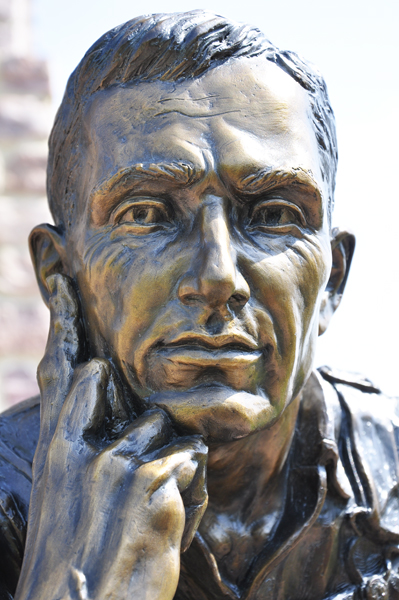 |
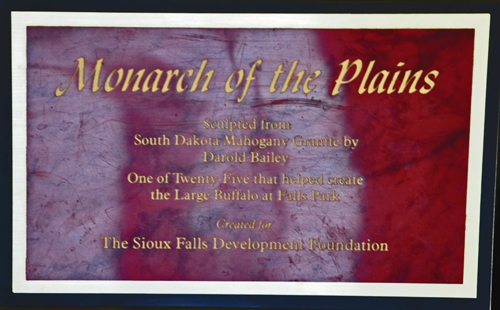 |
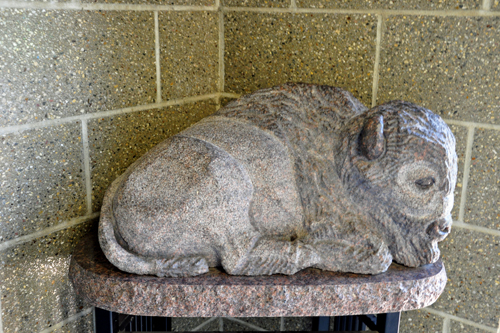 |
Falls Park, the city's namesake, is located in the heart of the city and is home to a captivating triple waterfall, a visitor information center with a five-story viewing tower, cafe, and historic ruins built from pink quartzite that is seen throughout the park. The Falls of the Big Sioux River have been the focus of life in the region throughout history. Native American peoples were the first to visit the Falls and bring stories of them to European explorers. They have been the focus of recreation and industry since the founding of the city of Sioux Falls in 1856. Today the park covers 42 acres. |
|
| View from the five-story observation tower | |
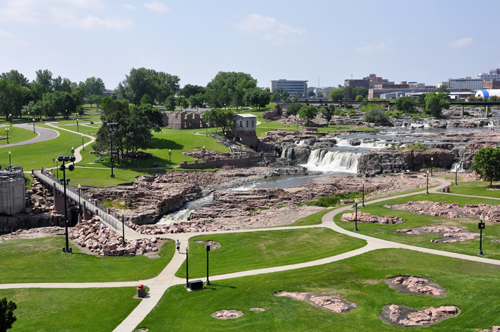 |
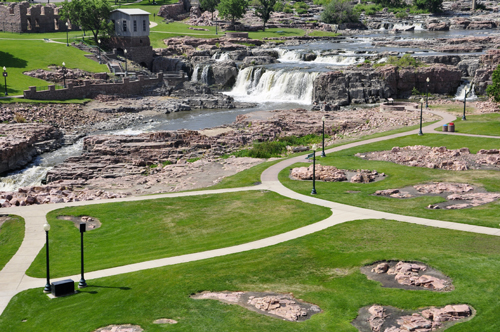 |
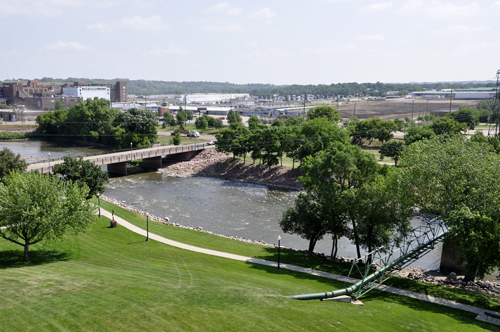 |
|
| The history of Sioux Falls revolves around the cascades of the Big Sioux River. | |
 |
|
| The falls were created about 14,000 years ago during the last ice age. The lure of the falls has been a powerful influence on this area. Ho-Chunk, Ioway, Otoe, Missouri, Omaha, Ponca, Quapaw, Kansa, Osage, Arikira, Dakota, Nakota and Cheyenne people inhabited the region previous to European descendants. Numerous burial mounds still exist on the high bluffs near the river. These people operated an agricultural society that built fortified villages on many of the same sites that were previously settled. Many Lakota, Dakota, Nakota, and other Indigenous Americans reside in Sioux Falls today. | |
 |
|
| Below: The two RV Gypsies on the right side of Sioux Falls. | |
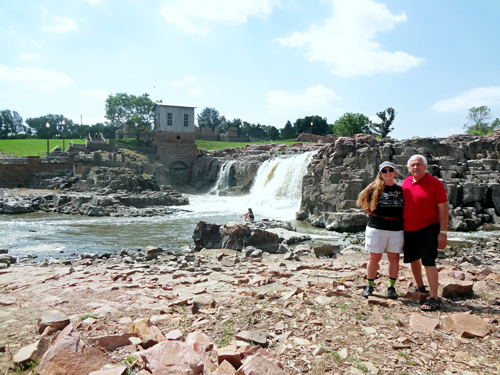 |
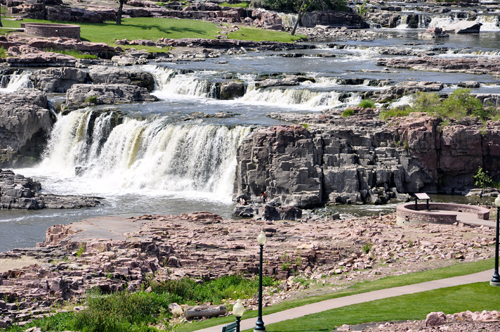 |
| Each second, an average of 7,400 gallons of water drop 100 feet over the course of the falls. | |
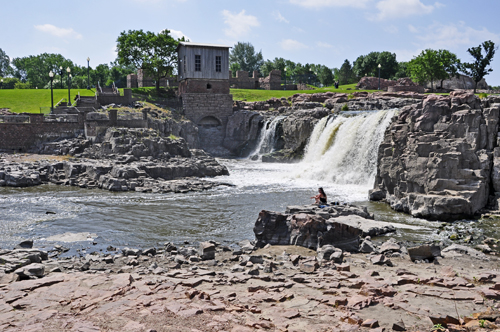 |
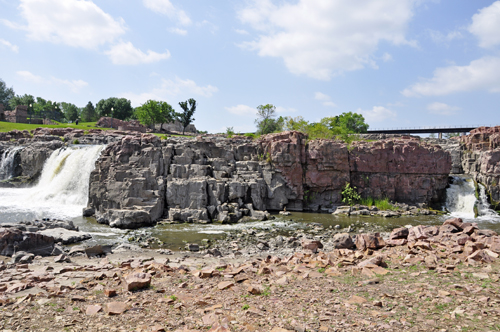 |
 Queen Bee Mill: In pioneer days the falls were tapped for water power to run the Queen Bee Mill, built in 1887. The foundation of the mill is still visible and is shown in the photograph below. This structure offers a glimpse into the area's history. Queen Bee Mill: In pioneer days the falls were tapped for water power to run the Queen Bee Mill, built in 1887. The foundation of the mill is still visible and is shown in the photograph below. This structure offers a glimpse into the area's history. |
|
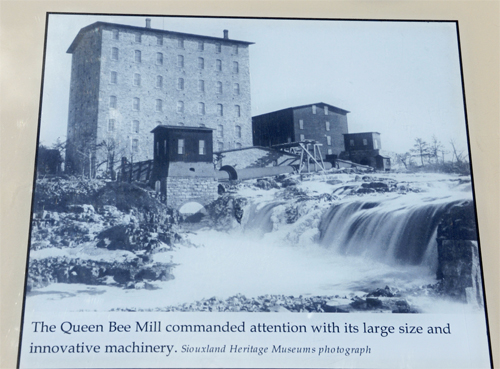 |
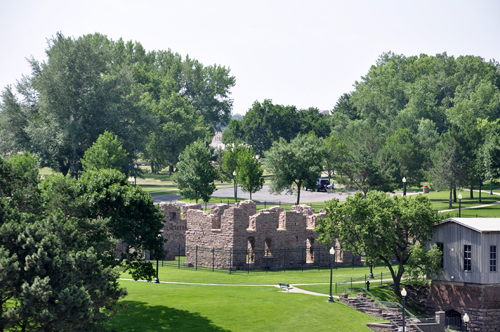 |
 |
|
  |
|
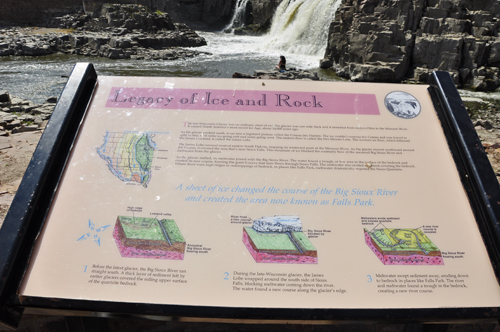 |
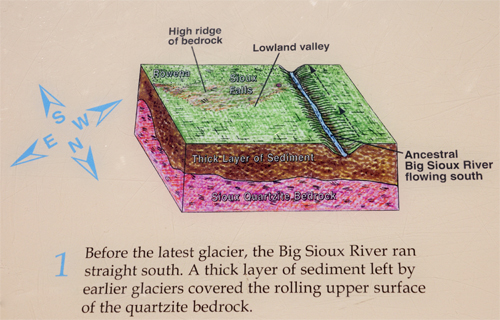 |
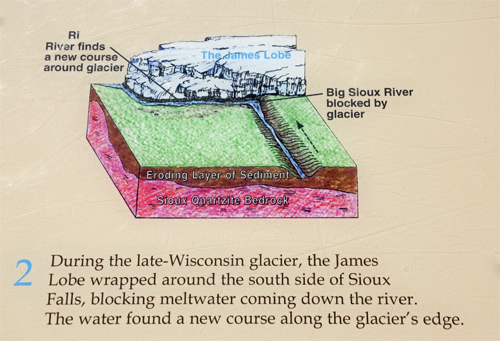 |
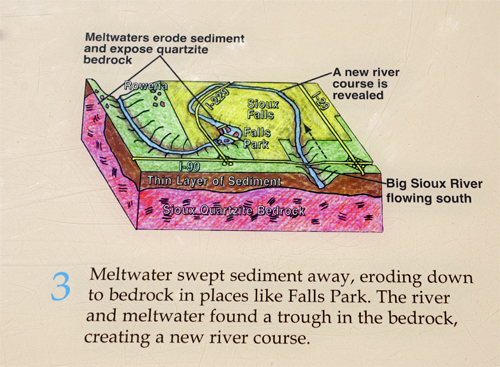 |
Below: The two RV Gypsies walked
around to observe different angles of the falls |
|
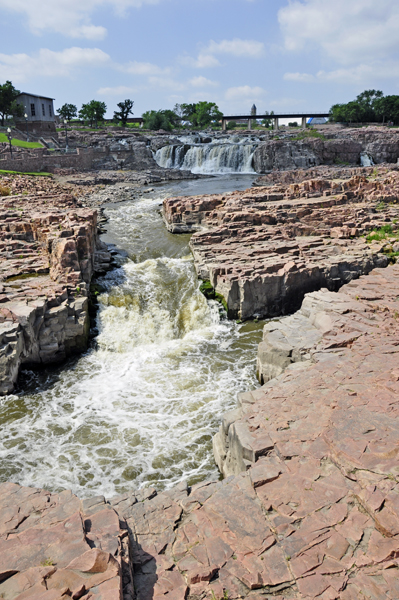 |
Karen Duquette noticed people sitting on a bench near a black frame so she posed with the frame and announced "I am a talking frame, here to tell you all about the history and beauty of the falls that you see before you." Everyone thought it was funny. |
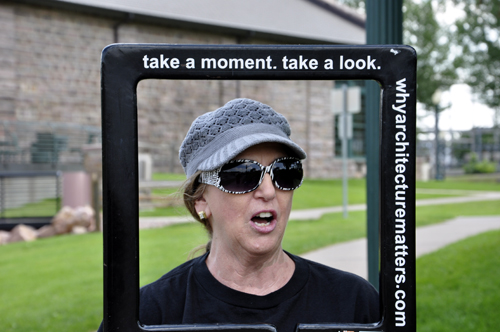 |
|
| Below: The two RV Gypsies made it to the left side of the falls. | |
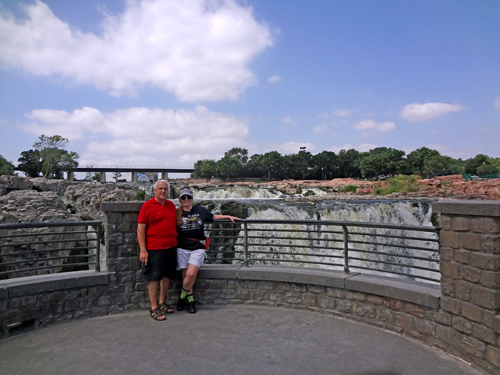 |
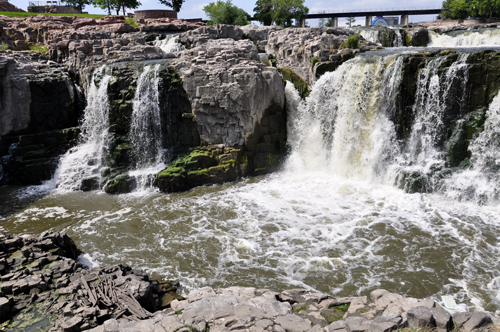 |
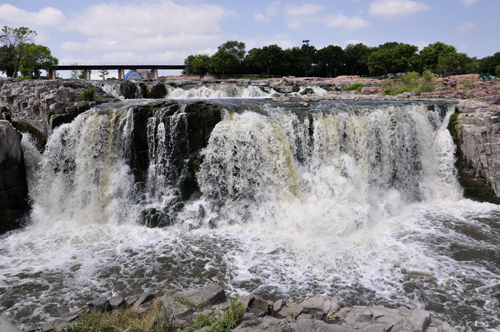 |
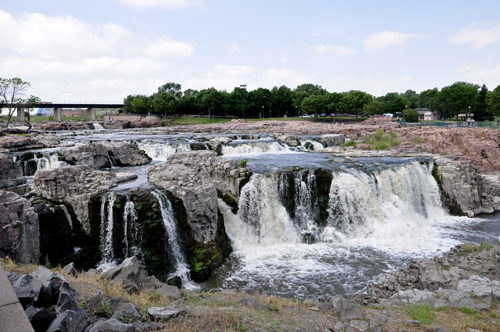 |
 |
|
 |
|
 |
|
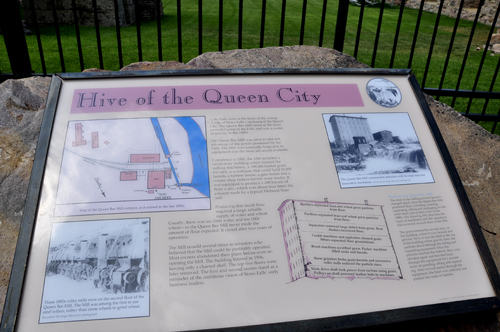 |
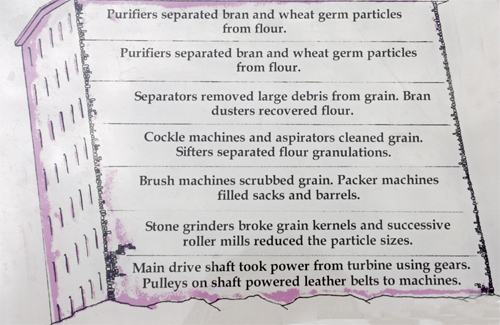 |
| Below: The back side of Sioux Falls is an area not to be missed. | |
 |
|
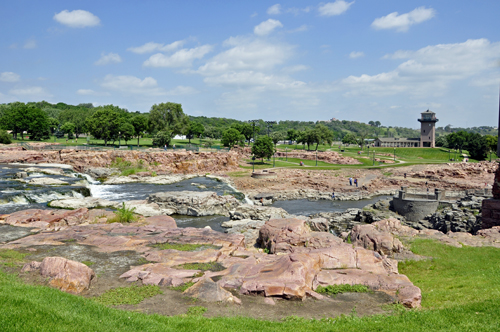 |
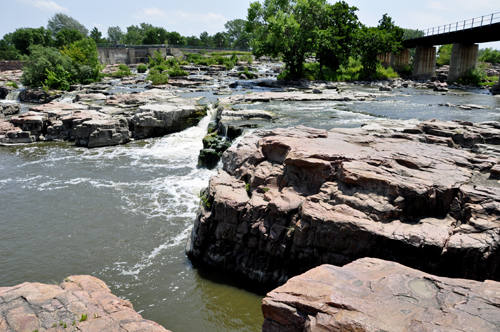 |
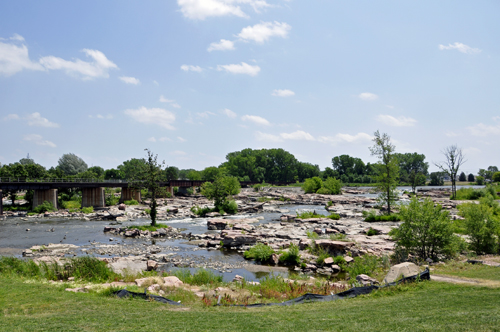 |
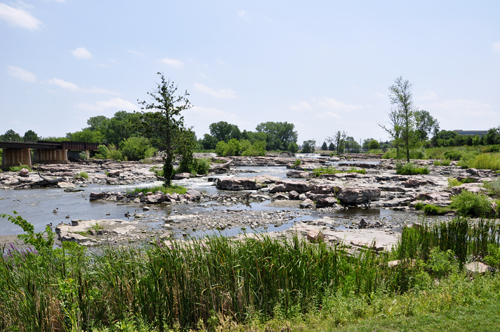 |
 |
|
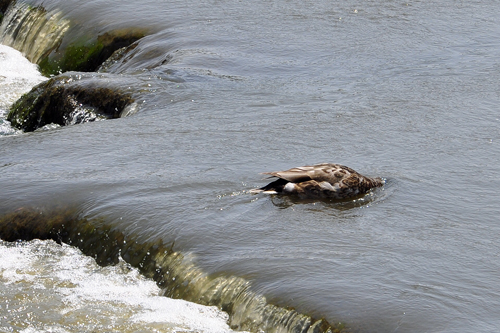 |
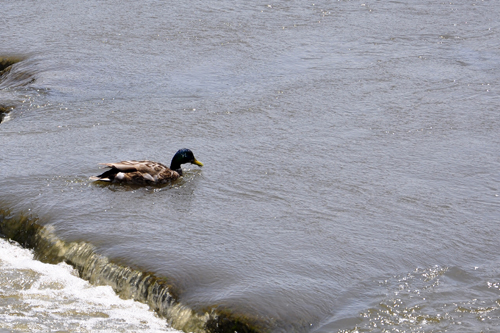 |
Below: The two RV Gypsies
rode the tram to downtown Sioux Falls and Lee Duquette got silly. |
|
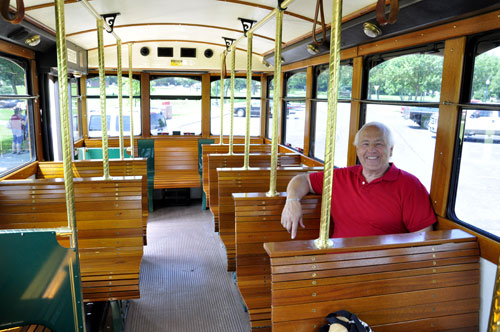 |
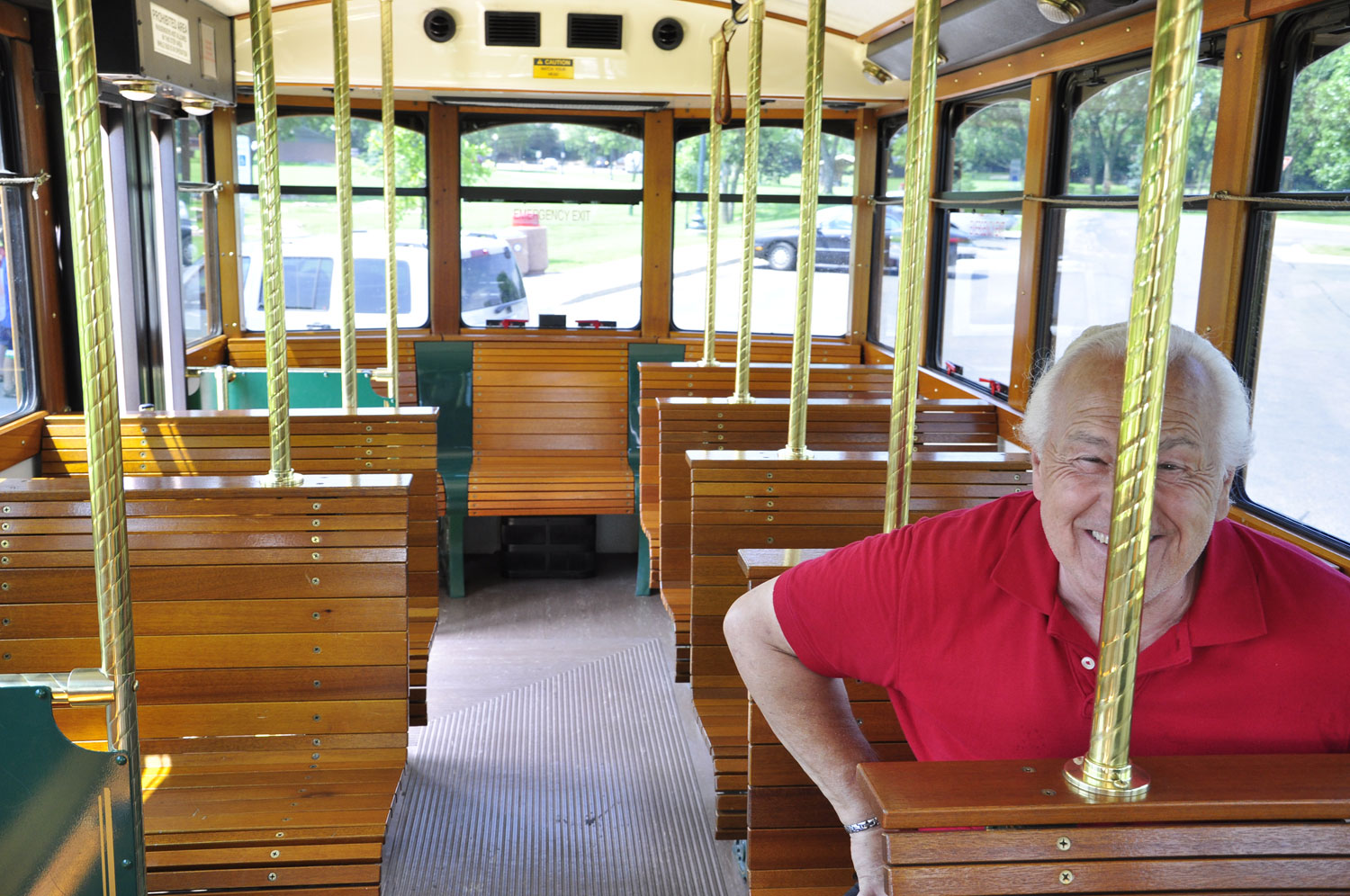 |
Menu for The two RV Gypsies in South Dakota. You may view these three sites in any order you choose. And more choices below. |
|
| Falls Park in Sioux Falls (this page) | Sculpture Walk |
| Palisades State Park and Terry Redlin Art Center | |
 |
< After
you have seen the three sections above, please continue on to Winnebago,
Nebraska and learn some Indian history (this has nothing to do with
Winnebago RV's). After
you have seen the three sections above, please continue on to Winnebago,
Nebraska and learn some Indian history (this has nothing to do with
Winnebago RV's). |
After you have seen all of the above,Continue Navigation in any year, any place, in the
order of your choice |
|||||

|
|||||
 |
 |
 |
 |
 |
|
 |
 |
 |
 |
 |
|
 |
 |
 |
 |
 |
 |
 |
 |
 |
 |
 |
 |